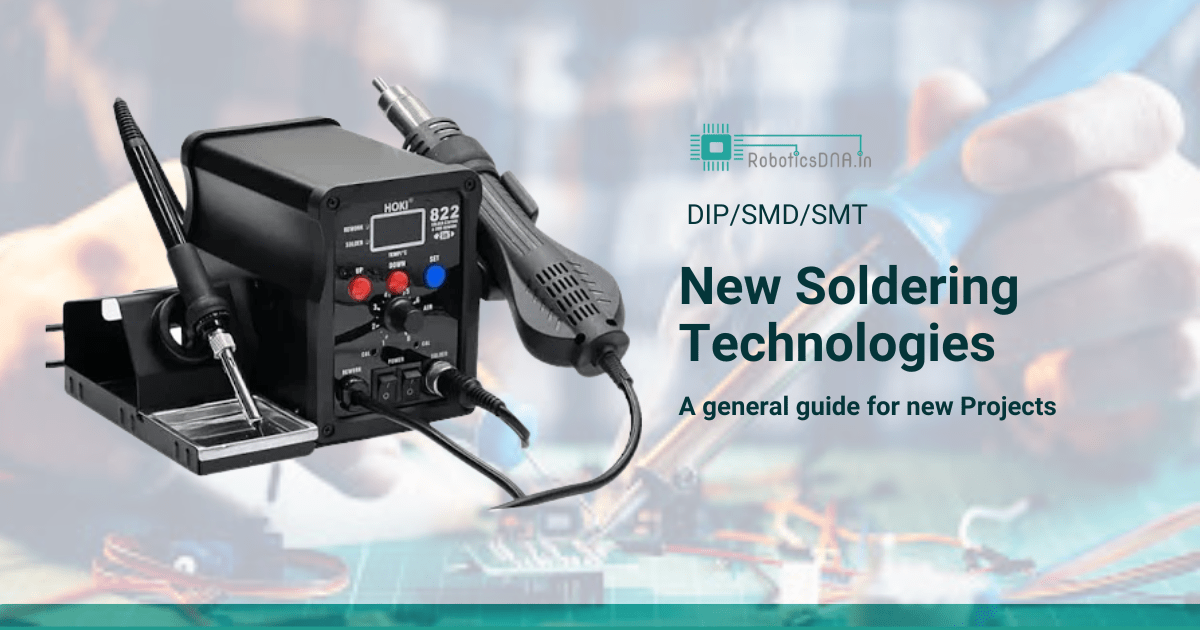Top Soldering Technologies Revolutionizing Electronics Manufacturing in 2024

There are various soldering technologies in electronics:
- Laser soldering: Laser soldering is one of the most advanced and precise soldering technologies in modern electronics manufacturing. It uses a focused laser beam to heat and melt solder at specific points, enabling highly targeted and efficient soldering.
- Selective soldering: Selective soldering is an advanced soldering process designed for precise application of solder on specific areas of a printed circuit board. selective soldering focuses only on the through-hole components or other targeted areas.
- Robotics soldering: Robotic soldering is a process that uses automated robotic systems to perform soldering operations in electronics manufacturing. robotic soldering ensures that precision, consistency, and efficiency, especially for complex, high-volume soldering tasks.
- Low temperature soldering: Low-temperature soldering is a specialized soldering process that uses solder alloys with lower melting points.
- Eco-friendly soldering: Eco-friendly soldering technique reduces the environmental impacts of the electronics manufacturing process by minimizing harmful waste, energy consumption, and the use of hazardous material.
Key features of soldering:
- Precise Temperature Control: The temperature must be carefully managed to avoid overheating components while ensuring the solder melts properly.
- Filler Material: Solder acts as a filler material, typically made of a blend of metals like tin (Sn), lead (Pb), or lead-free alloys.
- Cleaning and Preventing Oxidation: Flux is used to clean the surfaces of the components and the PCB, removing oxides and contaminants.
- Manual and Automated Techniques:
Manual Soldering: Involves the use of a soldering iron or gun by hand, commonly used in smaller-scale production, repairs, and DIY projects.
Automated Soldering: Techniques like wave soldering, reflow soldering, and selective soldering are used in high-volume production to automate the soldering process, ensuring consistency and efficiency.
- Rework and Repair:
Rework Capability: One of the key features of soldering is the ability to rework joints. If a solder joint is faulty or a component needs replacement, the solder can be re-melted and adjusted or replaced without damaging the surrounding components.
Repair of Circuits: Soldering provides an effective way to repair damaged circuits, whether through replacing components or fixing bad solder joints.

The choice of soldering technique:
- Types of components
- The choice of soldering technique
- Production Volume
- Complexity of PCB Design
- Cost Considerations
- Soldering Material
- Environmental and Safety Factors
- Speed and Throughput Requirements
Key precautions for soldering:
Safety: Wear protective glass and gloves, use fume extraction, and keep a fire extinguisher nearby.
Proper Equipment Setup: Check the soldering iron’s temperature, ensure the tip is clean.
Material Handling: Clean the PCB, ensure proper component placement, and handle components carefully
Work Area: Keep the workspace clean.
Soldering Technique: Apply heat correctly, avoid overheating components.
Application of Soldering:
Automotive Industry
Consumer Electronics Repair
Electronics Manufacturing
Medical Devices
Telecommunications

